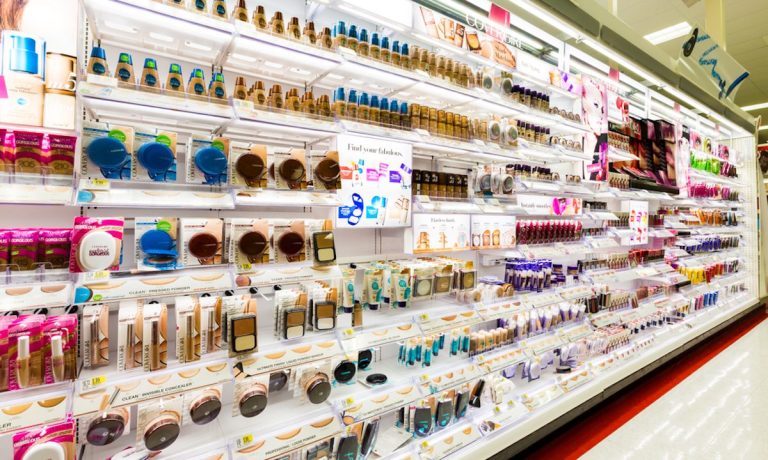
In August, Target unveiled its initial fleet of Ulta shop-in-shops at locations across the U.S., a move meant to attract beauty shoppers who may be looking to refresh their look as the pandemic wanes. Just weeks later, competitor Kohl’s opened its first shop-in-shops with Sephora, chasing the same set of customers ahead of the holiday season.
As consumers have left their homes at a steadily increasing pace over the past several months, most retailers have been pulling out all the stops to invite them into their stores, creating experiences and partnering with brands to make their locations more appealing. And amid these changes, the age-old beauty counter appears to have come back into vogue, with a slew of retailers placing their bets on the category.
Related news: Department Stores Betting on New Beauty Products to Drive Sales
Perhaps the biggest battle in this space, though, is between Target and Sephora, with their dueling shop-in-shops built in collaboration with two of the most recognizable beauty brands in the U.S.
Ulta Hits the Bullseye
Ulta currently has 100 shop-in-shops at Target locations across the U.S., with plans to open at least 800 in the next several years. The cosmetics retailer is also heavily investing in opening standalone physical locations across the country.
Read more: New Stores a Top Priority for Ulta Beauty
On a conference call with analysts last week, Ulta executives said it’s too early to fully understand the impact the Target partnership will have on the behavior of shop-in-shop customers, but CEO Dave Kimbell said the company has seen customers begin to connect their Ultamate Rewards to their Target Circle accounts, as well as new loyalty members signing up through Target.
Kecia Steelman, COO of Ulta, said the retailer expects the purchase cycle of customers at Ulta shop-in-shops at Target to be similar to that of customers who typically shop at Ulta Beauty three to four times per year. A positive sign, she noted, is that shop-in-shop customers are buying from the entire highly curated assortment of items available at Target, “which is what the intention was.”
“Longer term, we do believe this partnership is going to enable us to expand our loyalty members, increase our engagement and ultimately increase our spend per member,” Steelman said. “But bottom line, our partnership brings together these two powerhouse retailers to really reimagine prestige.”
Blending Kohl’s and Sephora
The Sephora partnership with Kohl’s, however, may be having more of an impact — at least based on executives’ public comments. Last month, Kohl’s CEO Michelle Gass told analysts on the company’s third-quarter earnings conference call that Sephora “is driving extraordinary growth in our beauty business,” as well as “an incremental mid-single-digit sales lift to the overall store sales” where the initial 200 shop-in-shops have launched.
Kohl’s is planning to open an additional 400 Sephora at Kohl’s locations beginning in late spring 2022, as well as 250 shop-in-shops in 2023.
More than a quarter of Sephora at Kohl’s customers are new to Kohl’s, Gass noted, and they are “younger and more diverse.”
“We’ve already started to see customers return, which is encouraging and is expected to build as they get to know Kohl’s,” Gass said. “From the outset, this partnership was structured to drive joint success, and we couldn’t be happier with how our teams are collaborating.”
The CEO noted, though, that the partnership is still relatively new, and she expects the impact on customer acquisition and sales to only deepen.
“I think (it’s) not unlike when you’re building a new store and you have a couple of years of growth ahead of you,” Gass said. “I’d say we and Sephora both expect that this will grow over time as customers, whether existing or new, discover the shop.”